Authentic Beijing: 21 Things to Do That Go Beyond the Great Wall
Robin•Aug 14, 2025
Beijing is one of the world’s most fascinating capitals to explore. Many people know it for its iconic landmarks, like the Great Wall, the Forbidden City, and the Summer Palace, but while visiting them is incredible, there’s a lesser-known side that’s worth exploring.
If you care to deviate from the tourist route, in this guide, we’ll take you beyond the checklist of must-see sights and introduce you to the authentic experiences that make Beijing truly special. Whether wandering historic hutongs, visiting serene temples, or discovering vibrant art districts, you’ll find a city full of contrasts, history, and vibrant everyday life.
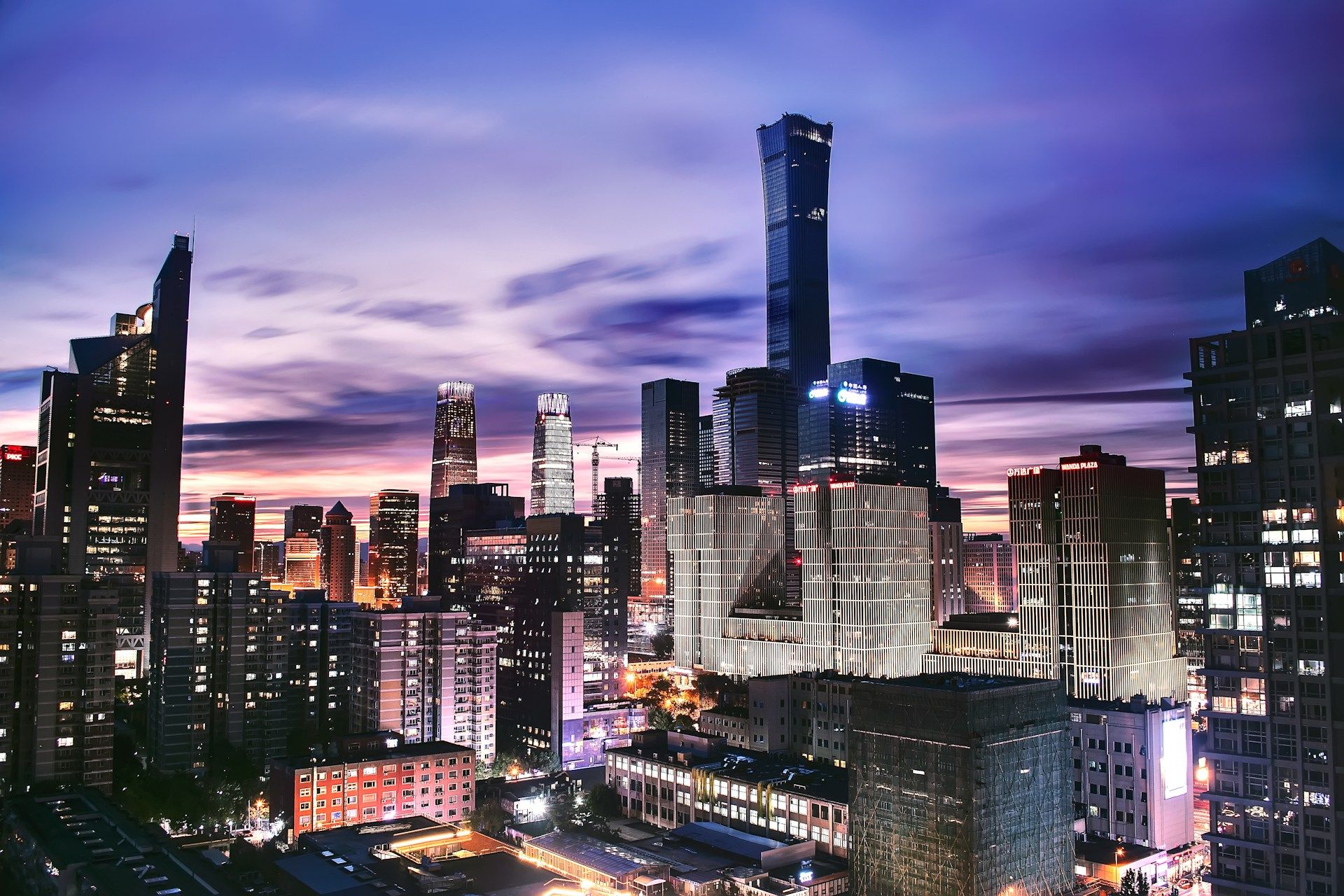
Photo by zhang kaiyv on Unsplash
But before you pack your suitcases and find a hotel to stay in Beijing, you’ll need a stable internet connection during your trip. This can be the perfect opportunity to try Yoho Mobile’s free eSIM. Afterwards, you can use our promo code YOHO12 for 12% off.
Best Things to do in Beijing
The Iconic Landmarks
We can’t start this list without talking about the areas in Beijing that everybody knows about. These are the essential landmarks that all tourists add to their bucket lists.
The Great Wall of China
The Great Wall of China is one of the most iconic landmarks in the world. Near Beijing, you can see some of the most famous sections, like Badaling, the most well-known, preserved, and touristy of them. But if you want to have a more authentic experience, you can check out a different section a bit further from Beijing.
Like Mutianyu, just 90 minutes away. This section offers a great mix of accessibility and authentic experience. It’s less crowded than the more popular sections, but just as stunning. Since it’s surrounded by forested hills, the best time to visit is during the autumn, when you can get an incredible panoramic view of the orange and golden hills.
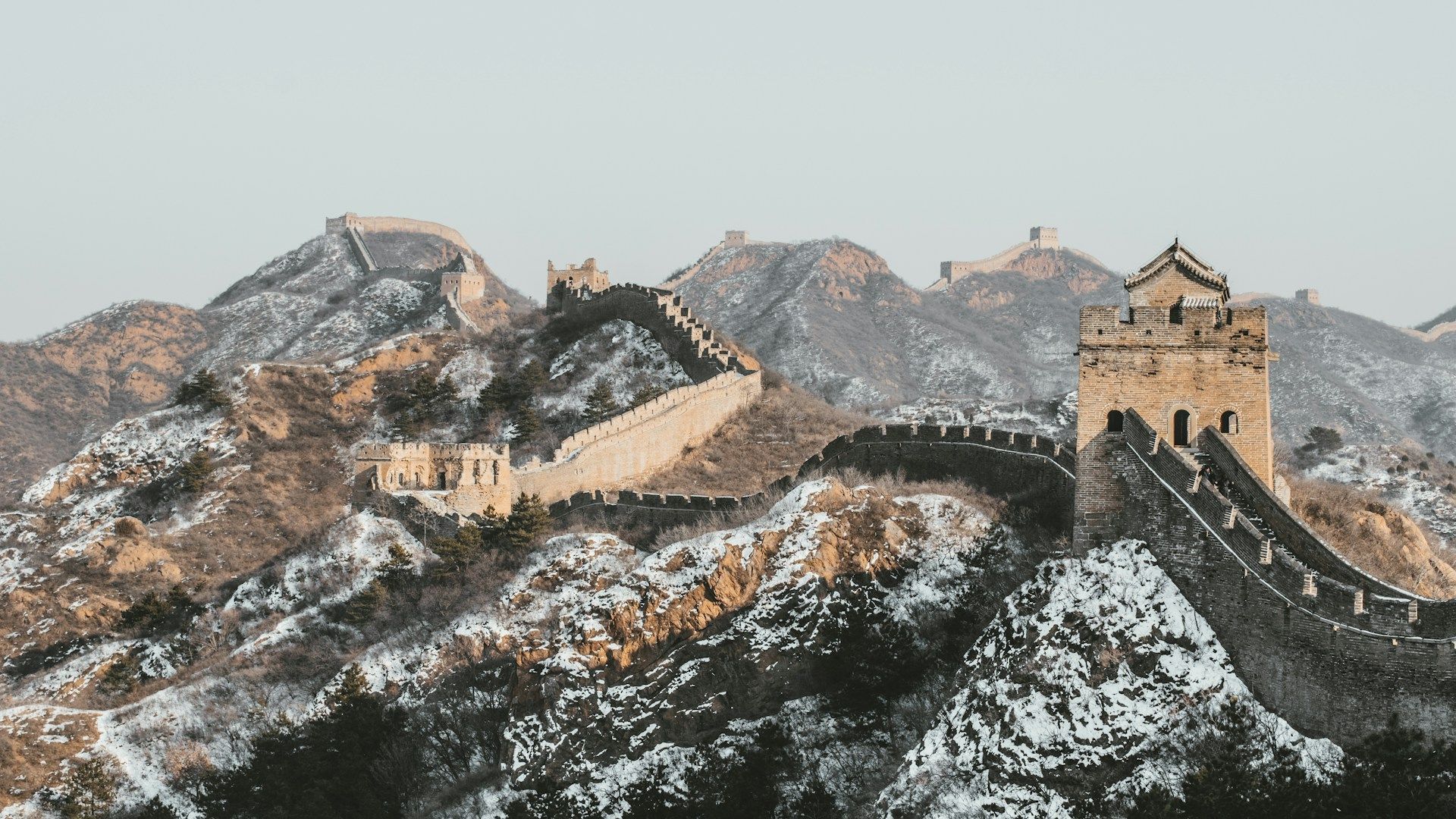
Photo by Max van den Oetelaar on Unsplash
The Forbidden City
Another tourist favorite awaits you right in the heart of Beijing. The Forbidden City stands as a symbol of imperial power and cultural heritage. It served as the home of 24 emperors during the Ming and Qing dynasties and remained off-limits to the public for centuries. But now, you can enter and visit it! And you won’t be the only one, as it welcomes millions of visitors each year.
The layout is fascinating, as it follows ancient Chinese principles of balance and harmony, best known in the West as feng shui. Take an audio guide to get all the little cultural and historical details, and reserve a few hours for walking through the massive courtyards, intricate halls, and golden rooftops.
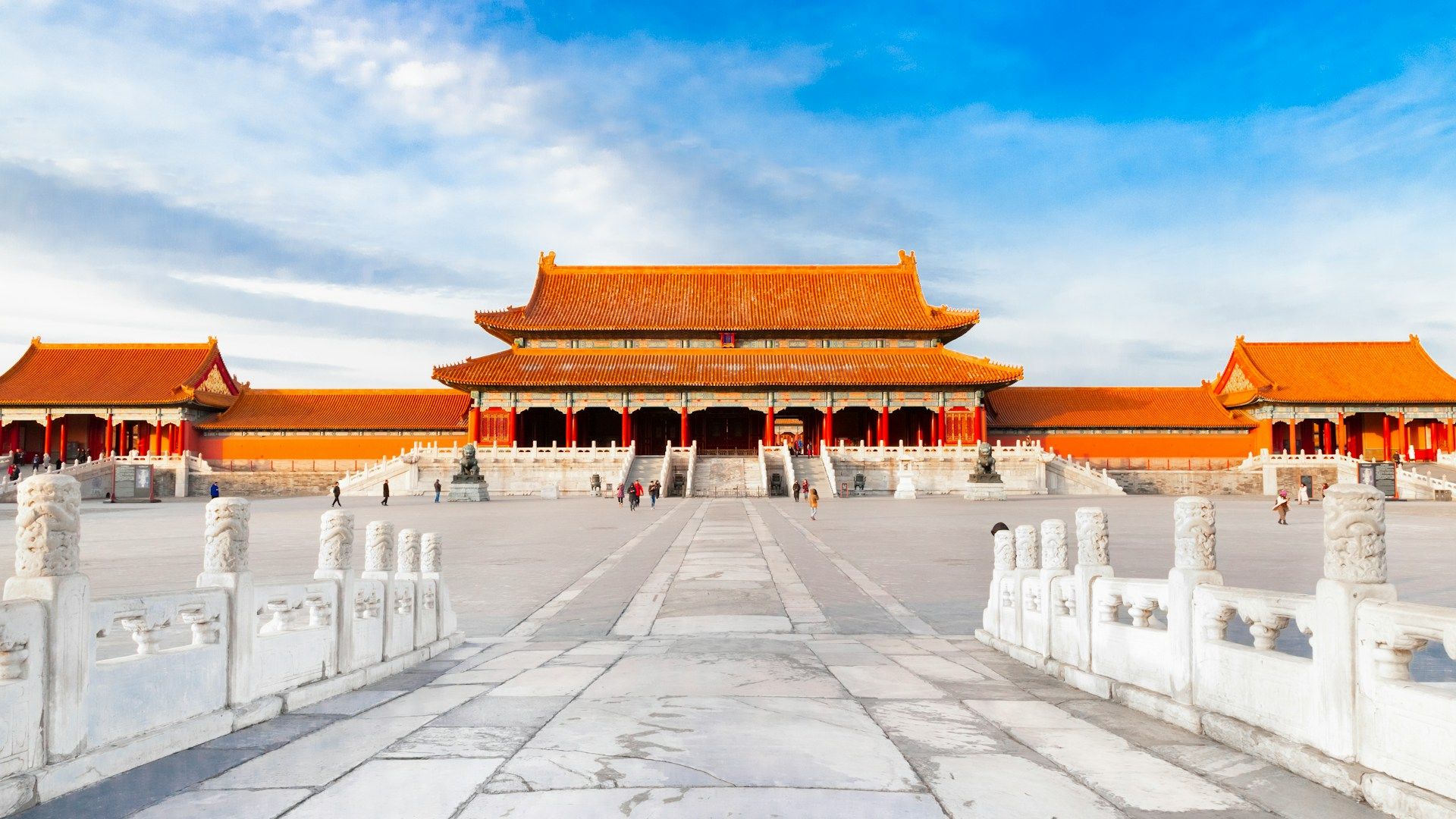
Photo by __ drz __ on Unsplash
Temple of Heaven
If you want to escape the city’s busy streets, visit the Temple of Heaven. This place offers both historical depth and beautiful open spaces. It was built in the early 15th century and served as a ceremonial site where emperors of the Ming and Qing dynasties prayed for good harvests.
The best time to visit is during the early mornings, when locals gather to practice tai chi, dance, or play traditional instruments. So it’s a great place to observe daily life while taking in centuries of history. There’s a lot of history you can see as you walk along wide stone paths, through gardens, and into carefully preserved halls.
Just like the Forbidden City, the layout and design reflect beliefs about heaven, earth, and harmony. In fact, everything in the complex has symbolic meaning, from the circular altar to the triple-roofed Hall of Prayer for Good Harvests, which makes it rewarding to explore with the aid of a local guide.
Summer Palace
The real masterpiece of Chinese garden design is the Summer Palace. It’s located in the city’s northwest and served as a retreat for emperors seeking peace and cooler weather. That’s why it was built around Kunming Lake and Longevity Hill, to give the royals the best views possible.
Walking through the grounds, you’ll find ornate pavilions, stone bridges, covered walkways, and temples. The Long Corridor is especially popular. In this elaborately painted promenade, every beam features a unique painting, telling stories from Chinese history and folklore.
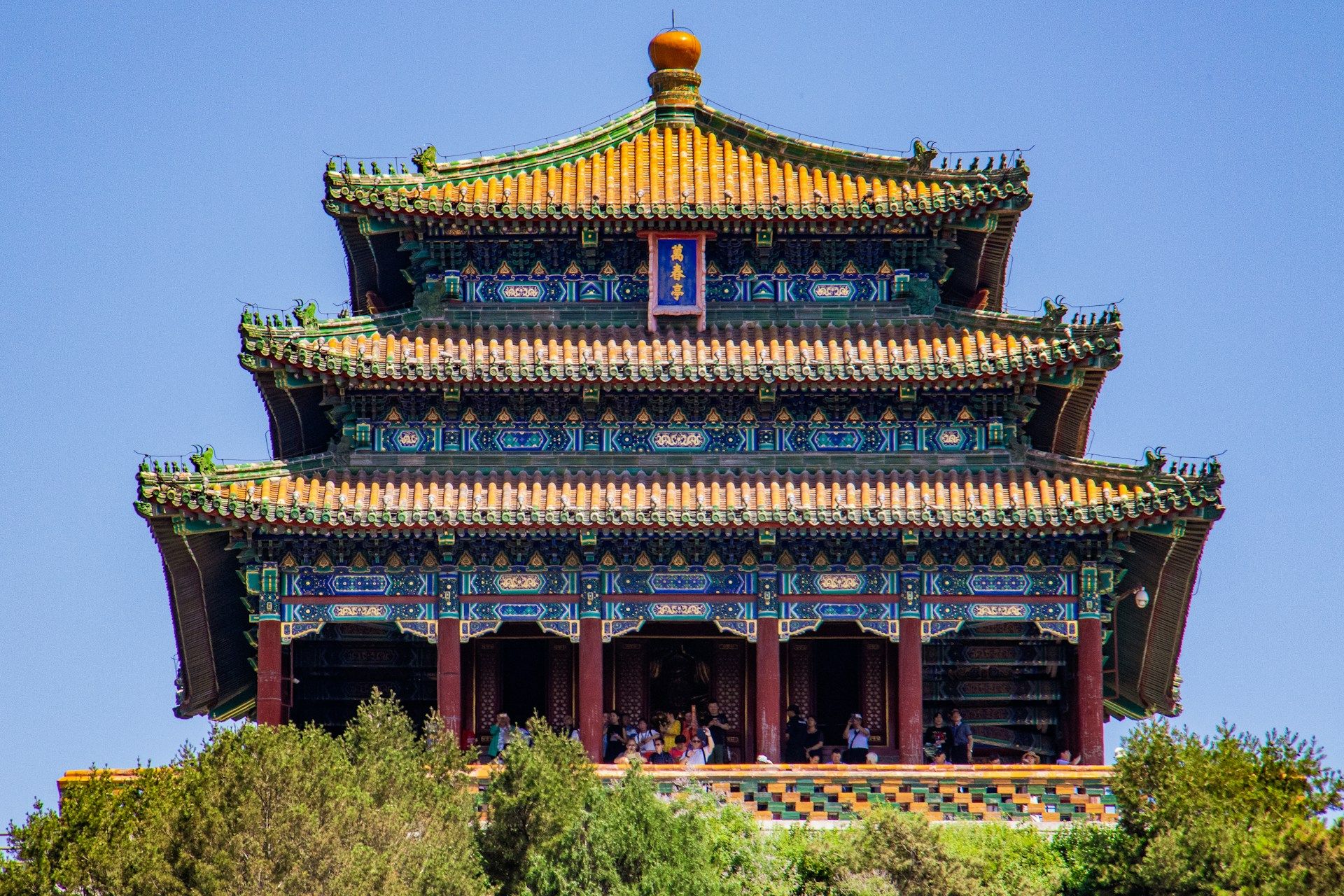
Photo by Nick Fewings on Unsplash
Experience a Real Beijing
Now that you know the most popular spots in Beijing, let’s learn more about some lesser-known places and activities that can add a lot to your visit.
Visit Beijing Opera
If you’re looking for a way to experience Chinese culture aside from its incredible landmarks, you can’t skip the Beijing Opera. You can catch a show at a venue like the Liyuan Theatre, where you can enjoy an authentic performance. Chinese opera, with its elaborate costumes, symbolic gestures, and haunting melodies, is a treasure you should add to your travels.
Kung Fu Show
If opera is not your cup of tea, try going to a Kung Fu show. These incredible spectacles showcase the athleticism and philosophy of martial arts, often performed in theaters or cultural centers. Travelers love them, as they are captivating with dynamic movements and precision, and you can feel the connection to the old Chinese practice in the discipline and energy that the athletes put into the presentation.
Try a Traditional Chinese Tea Ceremony
You don’t have to be a cultural traveler to enjoy a traditional Chinese tea ceremony; we highly recommend trying it at least once. More than just a cup of tea, you’ll embark on a sensory journey that showcases hospitality, patience, and cultural reverence.
The ceremony emphasizes the art of brewing, appreciating aroma, taste, and presentation. Each tea variety, from jasmine to pu-erh, tells a story of regional history and craftsmanship, and the person serving it will guide you through it. Take this opportunity to savor the whole experience and slow down for a bit, especially if the ceremony includes performances of folk music or storytelling.
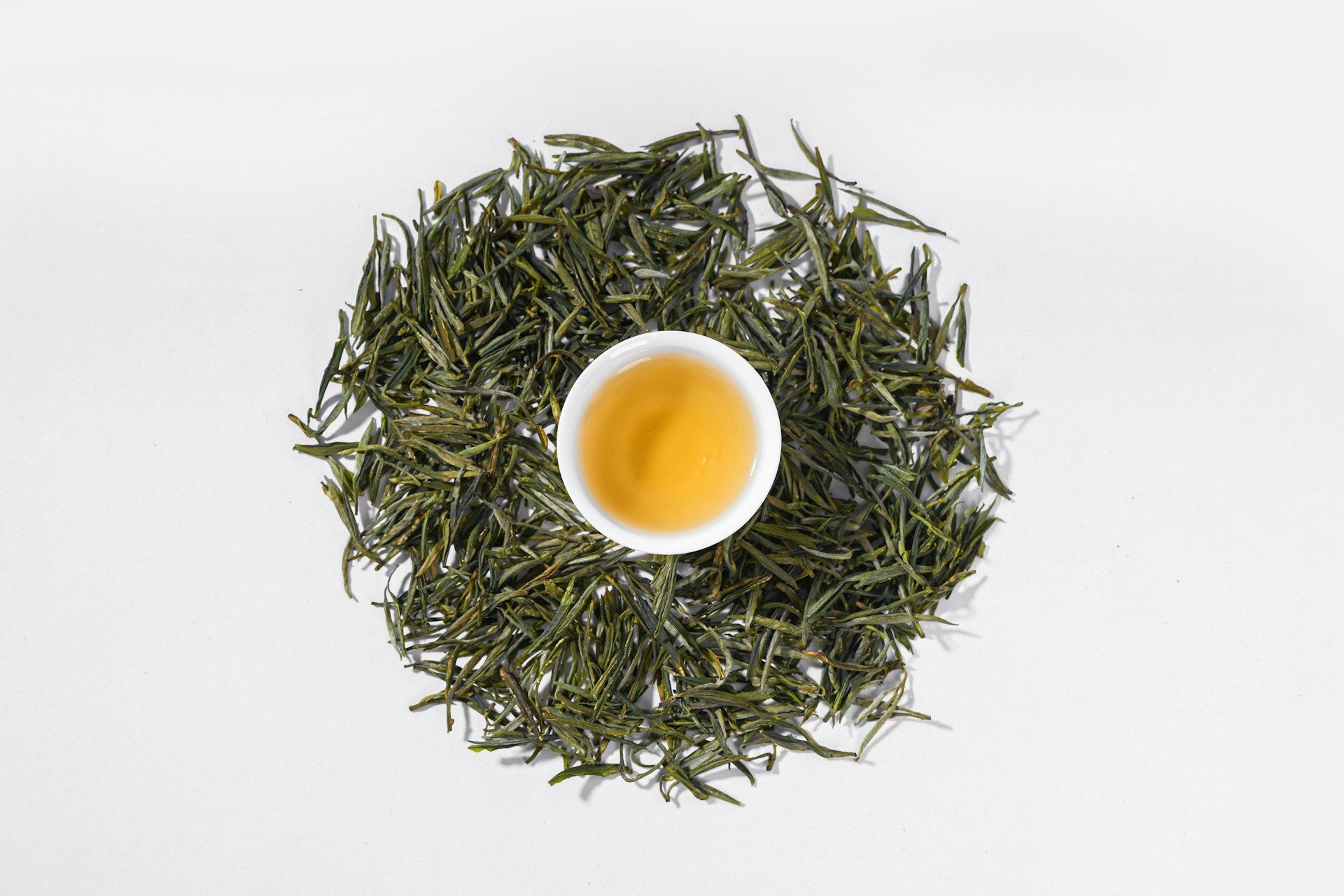
Stroll Through a Living Hutong Neighborhood
After enjoying a nice cup of tea, you will probably be in the mood to take a pleasant stroll through a traditional Chinese neighborhood. Hutongs are narrow alleys formed by traditional courtyard homes, so you can expect a lot of Beijing’s old-world charm.
Among the most beautiful places to visit are neighborhoods like Nanluoguxiang or the Bell Tower Hutong. These are also great places to immerse yourself in local life. It’s lovely to see the residents chatting, children playing, and vendors selling snacks and handicrafts. You can stop at a small café or a quirky shop and enjoy your visit more.
Visit the White Cloud Temple or Fayuan Temple
The Temple of Heaven might be the most popular in Beijing, but there are plenty more to visit, and while they aren’t as spectacular or aesthetic, they don’t lack charm. For a more authentic and quiet experience, you can visit the White Cloud Temple and the Fayuan Temple.
Both are serene spiritual retreats amid urban Beijing, but they have fascinating differences. The White Cloud Temple is a center for Taoism, known for its peaceful gardens and rituals. Fayuan Temple, on the other hand, is one of the city’s oldest Buddhist temples and offers beautiful halls, ancient relics, and tranquil courtyards.
Escape to Beihai Park or Purple Bamboo Park
As peaceful as the temples are, they are human structures, and sometimes we just want to retreat into nature. In Beijing, you have two excellent options: Beihai Park and Purple Bamboo Park. They are perfect if you’re looking for a green oasis to relax and people-watch.
Beihai Park has a historic lake, pavilions, and bridges that reflect centuries of imperial leisure culture. Purple Bamboo Park offers scenic bamboo groves, serene ponds, and walking trails, and it is popular for tai chi and kite flying.
798 Art District: Beyond Instagram Walls
We have talked a lot about the traditional side of Beijing, both the well-known and the more hidden. But Beijing also has many modern places to visit, like the 798 Art District, a contemporary cultural hub housed in a former industrial complex.
If you like to post photos for social media, you’ll find plenty of galleries, studios, cafes, and street art that challenge and inspire you. Beyond photo opportunities, 798 offers exhibitions, performances, and workshops showcasing China’s evolving art scene.
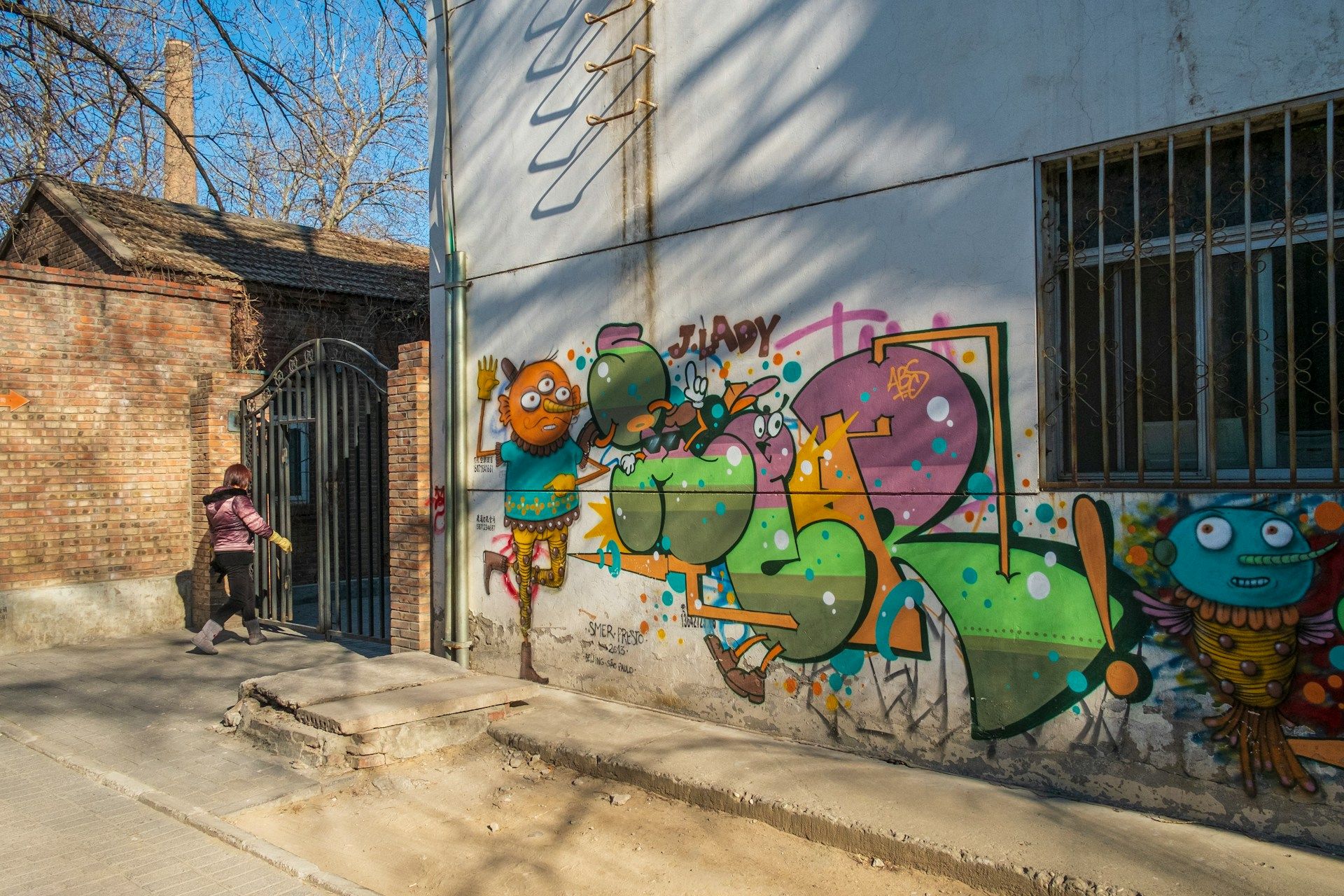
Photo by Serg Balak on Unsplash
Liulichang: For Lovers of Books, Brushes, and Calligraphy
If you’re an artist, you’re going to adore this next place. China has a long history of fine arts, and you can try your hand at it if you visit Liulichang, Beijing’s historic cultural street. First of all, you can see antique shops with beautiful items that you can get as souvenirs from your trip to China.
You can also visit the calligraphy and art supply stores. It’s a paradise for collectors and those interested in traditional Chinese literature and arts. You can get handmade papers and ink stones, for example, which can be a fun addition to your artist collection. Chinese watercolors and brushes are of excellent quality.
Join Locals for a Morning Workout in a Park
Not all experiences in China cost money, and if you’re traveling on a budget, you will like this next suggestion. You only have to wake up early enough and go to Ritan Park or Jingshan Park, where locals gather to do their morning workout. This is also a great opportunity to feel closer to Beijing’s community spirit. There are plenty of activities to choose from, from tai chi and group dancing to badminton and calisthenics. Even observing while you drink a warm cup of tea enriches your cultural experience.
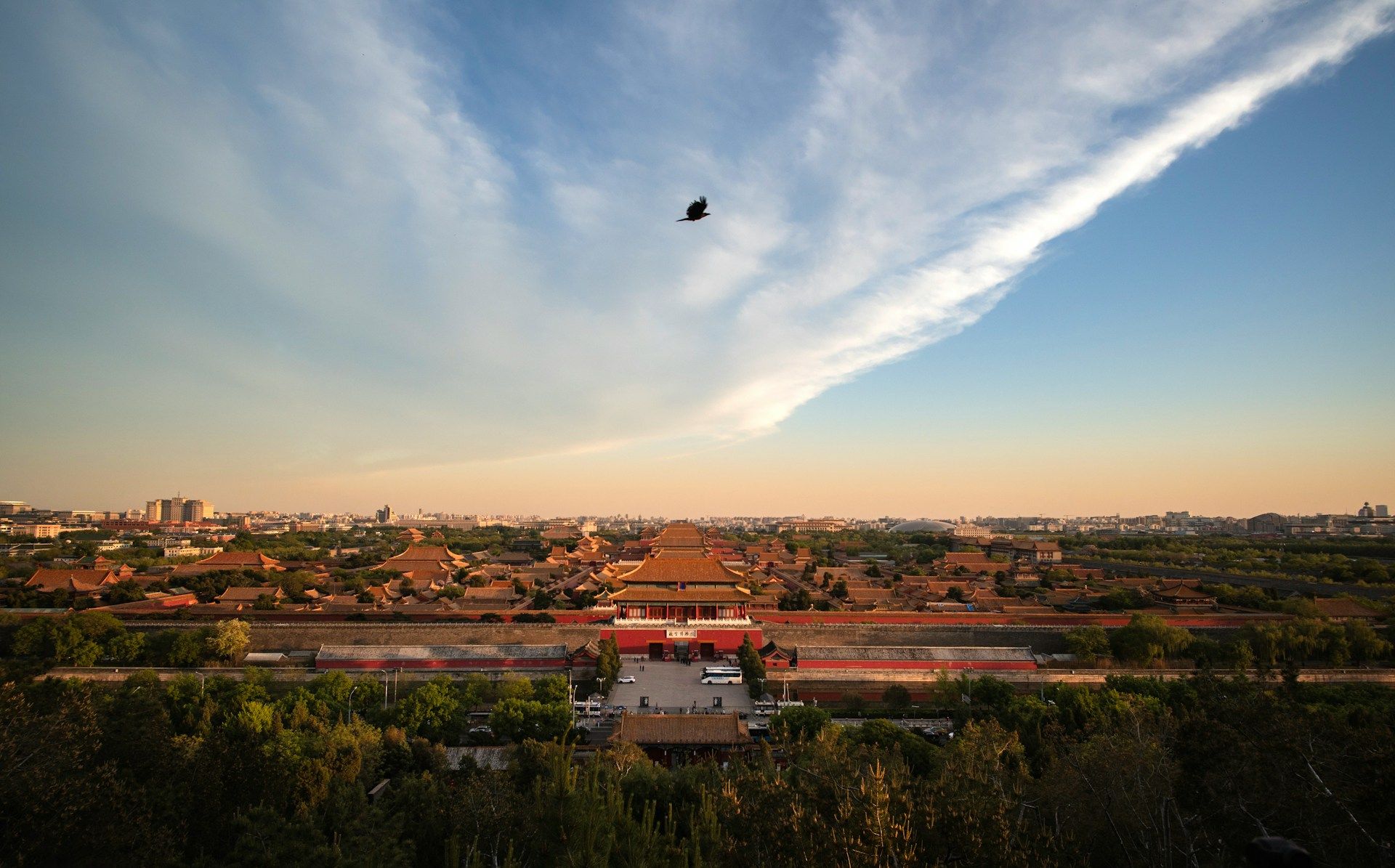
Photo by Arvin Yuan on Unsplash
Conclusion
Beijing is a city of profound contrasts, where imperial grandeur meets vibrant street life, and ancient traditions thrive alongside contemporary culture. While its iconic landmarks are essential visits, the city’s true essence lies in its authentic experiences, from quiet temple mornings and tea ceremonies to lively hutongs and art districts.
Authentic Beijing invites travelers to look beyond the postcard images and immerse themselves in the daily lives and traditions of its people. It’s a journey rich with discovery, reflection, and cultural exchange, one that stays with you long after you leave. What are you waiting for?
